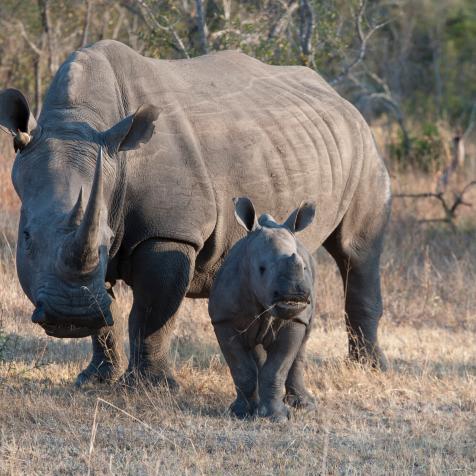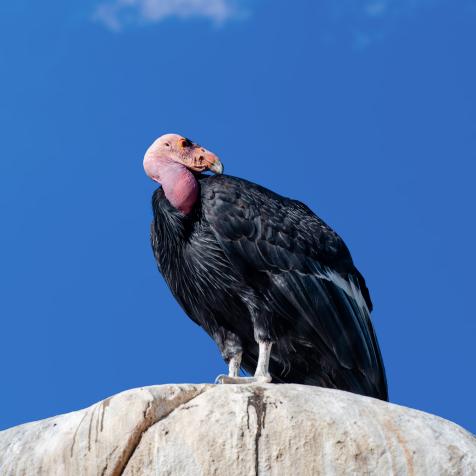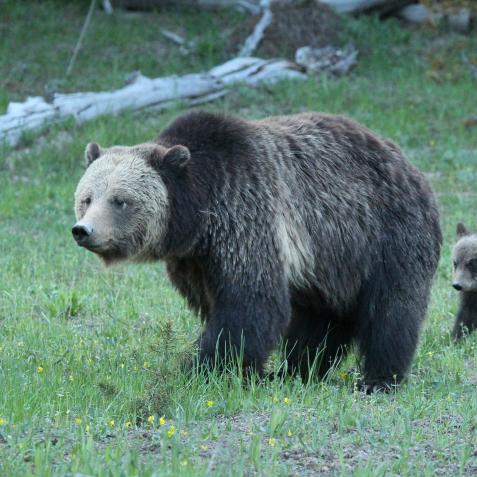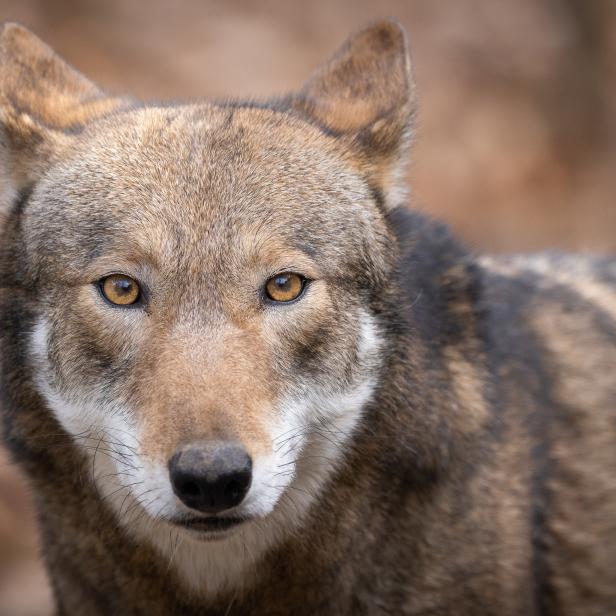
MattCuda
The Battle is on to Save North Carolina's Rare Red Wolf
There are less than 10 wild red wolves left in the world and there’s a fierce battle going on to save them. The wolves, a rare red species, are only found in North Carolina, despite having once roamed throughout the eastern and south central US.
A mix of urban development and conflict with landowners led to their numbers rapidly dwindling, and in the 1970s, the majority of the remaining wild wolves were taken into captivity in an attempt to save the species.
For years, a program run by the USFWS to boost the wolves’ numbers by breeding pups in captivity and releasing them in the wild looked as though the wolves might be saved. The program was so successful, in fact, that the gray wolf reintroduction in Yellowstone was modeled on it. In 2011, there were as many as 130 red wolves back in the wild, but soon things started to go drastically wrong.
By 2016, conservation group Defenders of Wildlife described the wolf population numbers as being “pretty terrible”. The group blames a strange turn in USFWS’ approach for the drastic decline. For reasons unknown, the USFWS essentially cancelled its own reintroduction program, and subsequently was taken to court by a number of environmental groups, including Defenders of Wildlife.
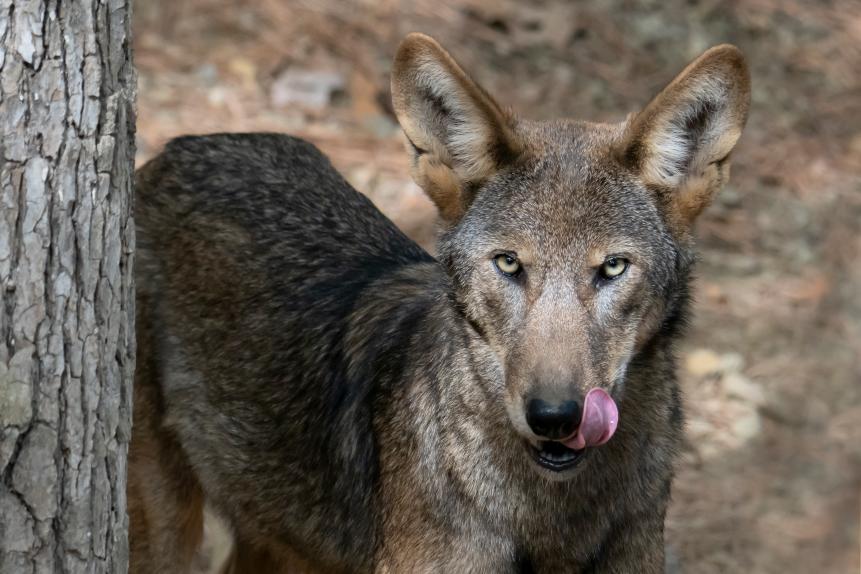
Mark Kostich
In January, the district court of North Carolina ruled the USFWS must present a plan to resume the conservation program by March 1, and the plaintiffs would have an opportunity to respond to the new plan.
The Southern Environmental Law Center (SELC), the group representing the Red Wolf Coalition, Defenders of Wildlife, and Animal Welfare Institute plaintiffs, released a statement saying the plan was inadequate.
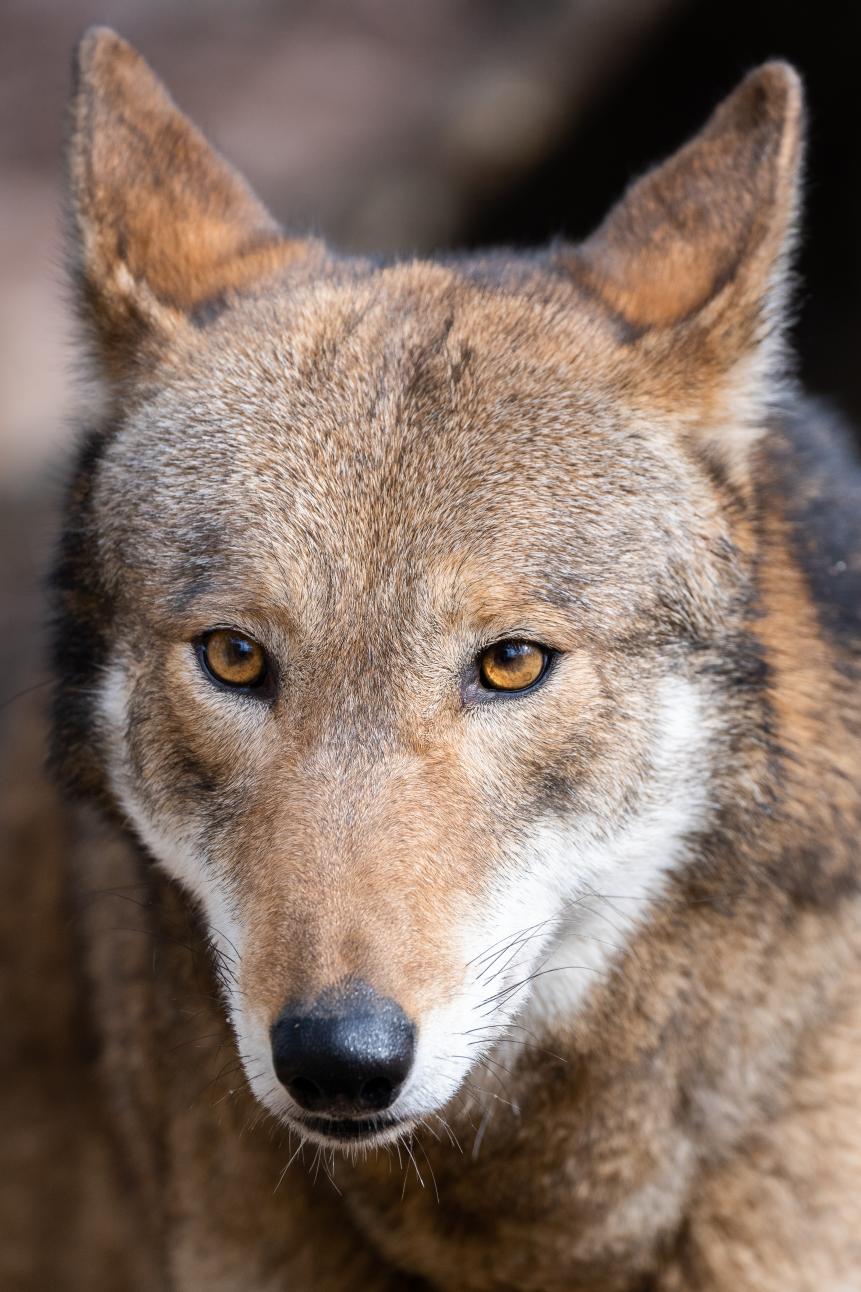
MattCuda
The SELC asked the court to order the USFWS to immediately release eight red wolves over the next year, rather than the two the USFWS had committed to.
“Conservation groups also requested that the court retain ongoing supervision over implementation of the USFWS plan,” said Sierra Weaver, lead attorney on the case. “The conservation groups pointed out that USFWS made no attempt to suggest that its offered commitment of releasing two wolves over the next year would be sufficient to remedy the problems from its lack of recent conservation efforts, specifically no mated pairs of red wolves or red wolf litters in the wild since 2018, or ensure against extinction of the wild red wolf while litigation is pending,” she added.
The red wolf is safeguarded under the Endangered Species Act, although it is not illegal to kill one if it is caught in the act attacking you or your livestock. The USFWS also has the authority to issue kill permits to landowners, who can claim the wolves have been endangering human or animal life. Over the past few years, the USFWS has issued a number of lethal take permits, including several to the same individual.
The main reason for the population plummet, however, was USFWS’ decision to no longer release wolves into the wild. Between 2019 and 2020, for the first time in 31 years, no red wolf pups were born in the wild.
The court ruled USFWS’ prohibition on releasing wolves from captivity into the wild in North Carolina was “likely” to lead to the extinction of the red wolf in the wild.
“The agency’s bar on captive releases would effectively doom the red wolf to extinction in the wild,” Weaver added.
Although the environmental organizations remain hopeful the red wolf can make its second comeback, the decision will rest on the court, and whether it will order the USFWS to release eight wolves imminently and resume captive releases into the wild in a last-ditch attempt to save the species.










